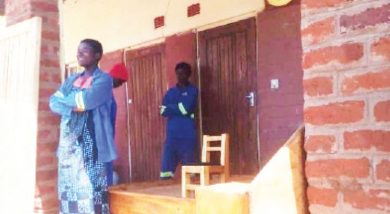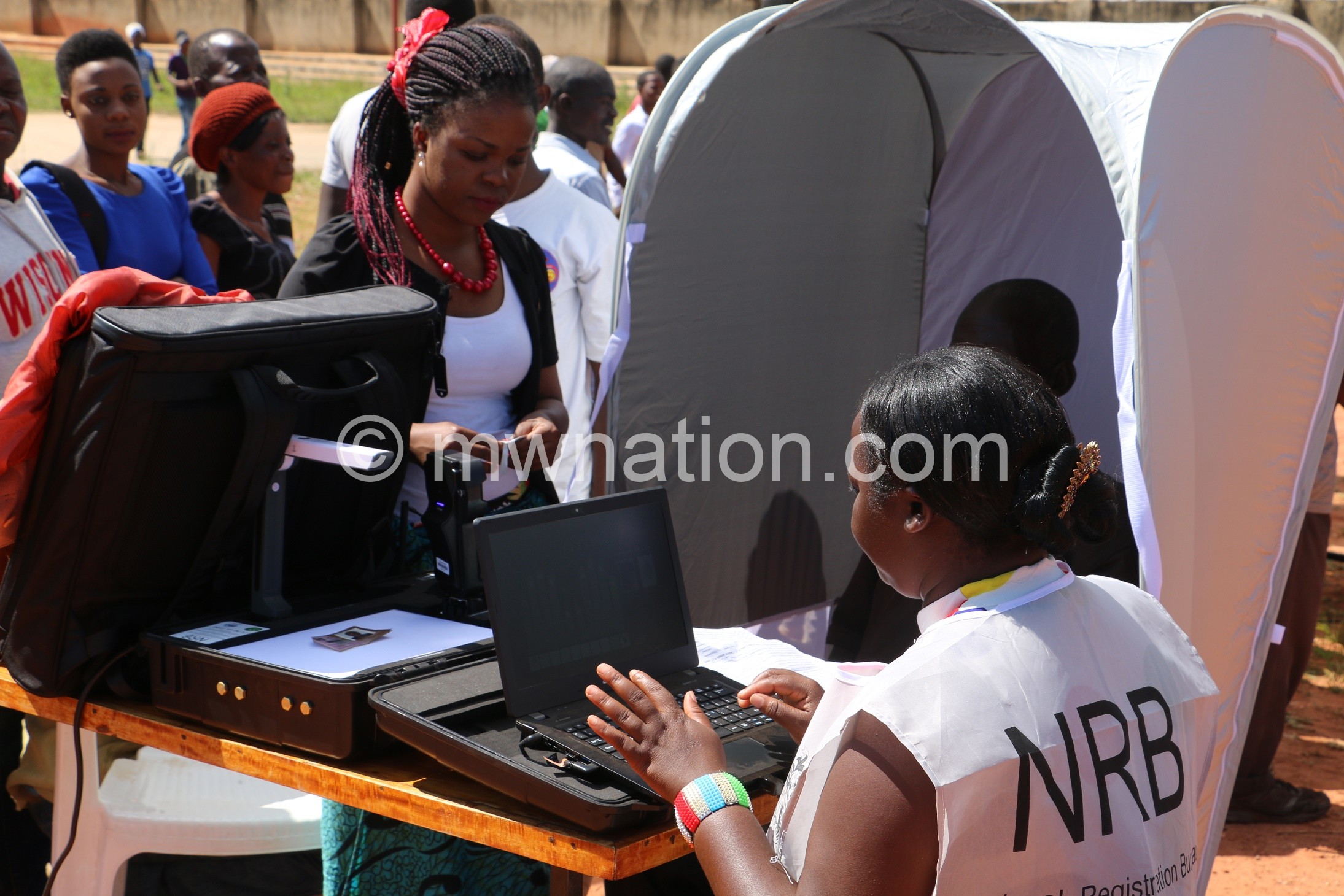Disease threatens towipe out bananas
 An incurable disease called ‘banana bunchy top’ has wiped out 60 percent of Malawi’s bananas and the remaining 40 percent is already infected and may die within a year, researchers say.
An incurable disease called ‘banana bunchy top’ has wiped out 60 percent of Malawi’s bananas and the remaining 40 percent is already infected and may die within a year, researchers say.
Bvumbwe Agriculture Research Station chief pathologist Misheck Soko, who has done extensive research on the crop alongside other scientists, has since warned that unless government intervenes quickly, the banana population could be extinct within a year.
“This is the most dangerous disease in the world for bananas. There is no known cure. As of now, 60 percent of bananas in Malawi is gone and the remaining 40 percent is infected and going,” said Soko.
We could not immediately establish bananas’ official contribution to the Malawi economy, but Soko estimates it to be around two percent of gross domestic product (GDP).
In some districts—despite its non-organised type of cultivation—banana production or marketing is the most important income generating activity for farmers, according to a 2004 study.
The study says 50 percent of farmers’ incomes in Nkhata Bay come from bananas—the second most important crop in the district after cassava.
In Mulanje, bananas—the third most important crop there after maize and cassava—contribute 43 percent of farmers’ incomes.
Banana bunchy top—first noted in Malawi around Thiwi area in Nkhotakota in 1994 but confirmed in 1997—is caused by a virus which is spread by an aphid called Pentalonia negronervosa.
It is spread from one area to another is through the use of diseased planting materials.
According to Soko, once the aphid attacks a banana plant, it will show signs within 35 days and within one year the plant dies. He said the disease spreads within a distance of 20 km in a year.
As a solution, Soko said, farmers must uproot all bananas in the country and start afresh with clean planting materials.
He said the ground around them should not be tampered with for three years.
Soko said Bvumbwe Agriculture Research Station has clean materials, but cannot give them to farmers because they are not uprooting the infected plants.
He said the Minister of Agriculture should pass a decree that all bananas be uprooted as a way of enforcing compliance.
Soko said the disease has already wiped out bananas in Nkhotakota and has spread to the other banana growing districts of Thyolo, Nkhata Bay, Karonga and Mulanje where it threatens to wipe out the fruit grown over 308 000 hectares of land in the country.
A 2009 report by Bvumbwe Agriculture Research Station on the previous control efforts and the way forward for the disease; faults government for not sensitising the public to the disease and showing laxity on multiplication of clean suckers to give farmers and save the crop.
Chairperson of the Parliamentary Committee on Agriculture, David Luka, has accused government of keeping the disease as a secret.
He said the committee will summon Ministry of Agriculture officials to explain the development.
In a written response on Thursday, Ministry of Agriculture spokesperson Sarah Tione said the ministry has been encouraging farmers to uproot the suckers.
“Currently, the ministry is in the process of looking for alternative ways in tissue development to assist stems that are already grown since this is a virus disease,” said Tione.
One of the farmers, George Phwitiko of Thekerani, who has been growing bananas since the 1980s, said in an interview that uprooting the suckers is a tiresome job and asked government to come up with another strategy.
Chief Khwethemule of Thyolo said in an interview this week that the disease has ruined people’s ‘gold mine’ in that district.
“Bananas are more than a fruit to us. They are our source of food and income. Without bananas, we cannot buy clothes, maize and send children to school,” said Khwethemule.
According to a 2005 report by New Partnership for Africa’s Development (Nepad) and Food and Agriculture Organisation of the United Nations Comprehensive Africa Agriculture Development Programme (CAADP), banana production began to drop in Malawi in 1994 because of the disease.





